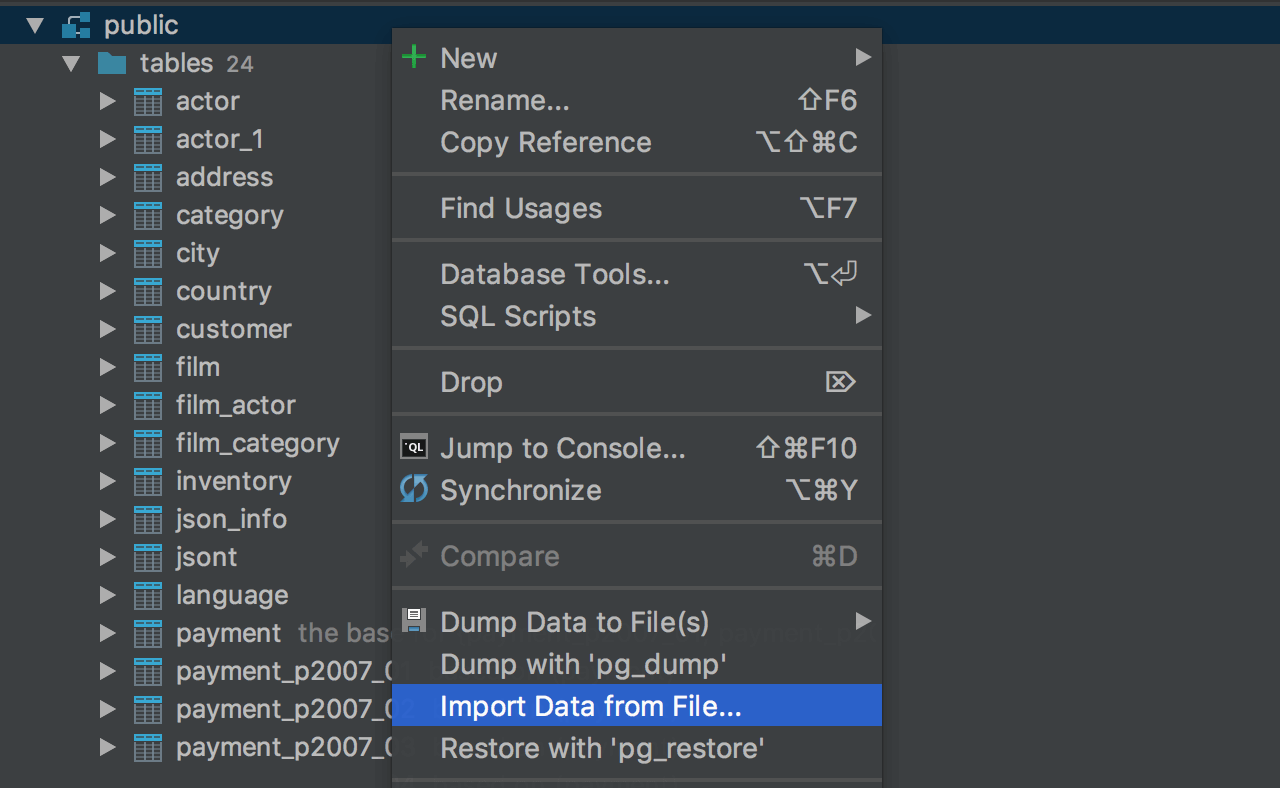

- READ CSV FILE HEADER PYTHON JUPYTER NOTEBOOK HOW TO
- READ CSV FILE HEADER PYTHON JUPYTER NOTEBOOK FULL
- READ CSV FILE HEADER PYTHON JUPYTER NOTEBOOK CODE
If os.path.isfile('C:\Users\Mike\Desktop\File.csv'):Īs suggested by i get that the file does not exist. Pandas/_libs/parsers.pyx in pandas._._setup_parser_source()įileNotFoundError: File C:\Users\Mike\Desktop\File.csv does not exist: 'C:\\Users\\Mike\\Desktop\\File.csv' Pandas/_libs/parsers.pyx in pandas._._cinit_() > 1891 self._reader = parsers.TextReader(src, **kwds)ġ892 self.unnamed_cols = self._reader.unnamed_cols srv/conda/envs/notebook/lib/python3.6/site-packages/pandas/io/parsers.py in _init_(self, src, **kwds) > 1114 self._engine = CParserWrapper(self.f, **self.options) Reading CSV File in Jupyter Python NotebookPandas Notebook Jupyter Python-Please watch: 'LRU Cache (With Python Code) '.
READ CSV FILE HEADER PYTHON JUPYTER NOTEBOOK CODE
There is a snippet code available as follows : import pandas as pd data pd.readcsv ('transactions1.csv') data. CSV-bestand en jupyter-notebookbestand bevinden zich in dezelfde. ipynb file with the name of ‘read-file-transactions.ipynb’. Ik heb geprobeerd een csv-bestand te openen in jupyter notebook, maar het toont een foutmelding. The above is an image of a running Jupyter Notebook. CSVtweets pd.readcsv('/Users/yoshithKotla/Desktop/canal/Music/wmsrry/wmsrryonly')print (tweets).
READ CSV FILE HEADER PYTHON JUPYTER NOTEBOOK HOW TO
srv/conda/envs/notebook/lib/python3.6/site-packages/pandas/io/parsers.py in _make_engine(self, engine) How to Read CSV File into a DataFrame using Pandas Library in Jupyter Notebook.

srv/conda/envs/notebook/lib/python3.6/site-packages/pandas/io/parsers.py in _init_(self, f, engine, **kwds)Ĩ78 self.options = kwds In this section, we will walk through the process of reading a CSV and adjusting the dataset to arrive at some conclusions about the data.

> 448 parser = TextFileReader(fp_or_buf, **kwds) Reading a CSV file One of the standards for file formats is CSV. srv/conda/envs/notebook/lib/python3.6/site-packages/pandas/io/parsers.py in _read(filepath_or_buffer, kwds) > 676 return _read(filepath_or_buffer, kwds) srv/conda/envs/notebook/lib/python3.6/site-packages/pandas/io/parsers.py in parser_f(filepath_or_buffer, sep, delimiter, header, names, index_col, usecols, squeeze, prefix, mangle_dupe_cols, dtype, engine, converters, true_values, false_values, skipinitialspace, skiprows, skipfooter, nrows, na_values, keep_default_na, na_filter, verbose, skip_blank_lines, parse_dates, infer_datetime_format, keep_date_col, date_parser, dayfirst, cache_dates, iterator, chunksize, compression, thousands, decimal, lineterminator, quotechar, quoting, doublequote, escapechar, comment, encoding, dialect, error_bad_lines, warn_bad_lines, delim_whitespace, low_memory, memory_map, float_precision) Which results to the following error FileNotFoundError Traceback (most recent call last) I have also tried data = pd.read_csv(r"C:\Users\Mike\Desktop\File.csv") import pandas as pdĭata = pd.read_csv("C:\\Users\\Mike\\Desktop\\File.csv") Pandas read_csv can also pass OS-Path-like-Objects but the use of OS is only needed if you want specify a path in a variable before accessing it or if you do complex path handling, maybe because the code you are working on needs to run in a nother environment like a webapp where the path is relative and could change if deployed differently.This is the code that i'm using to read a csv file to Jupyter notebook. Import pandas as pd SouthKoreaRoads_df = pd.read_csv('C:\Users\Ron\Desktop\Clients.csv')

READ CSV FILE HEADER PYTHON JUPYTER NOTEBOOK FULL
Pandas accepts every valid string path and URLs, thereby you could also give a full path. Import pandas as pd SouthKoreaRoads_df = pd.read_csv('data/SouthKoreaRoads.csv') If its in folder "data" then add data in front of the file seperated with a "/" For example if the csv is in a subdirectry (in respect to the python / jupyter you are working on) you need to add the directories name. If the file is located in another directy, you need to specify this directory. Import pandas as pd SouthKoreaRoads_df = pd.read_csv('SouthKoreaRoads.csv') Before you can use pd.read_csv to import your data, you need to locate your data in your filesystem.Īsuming you use a jupyter notebook or pyton file and the csv-file is in the same directory you are currently working in, you just can use:


 0 kommentar(er)
0 kommentar(er)
